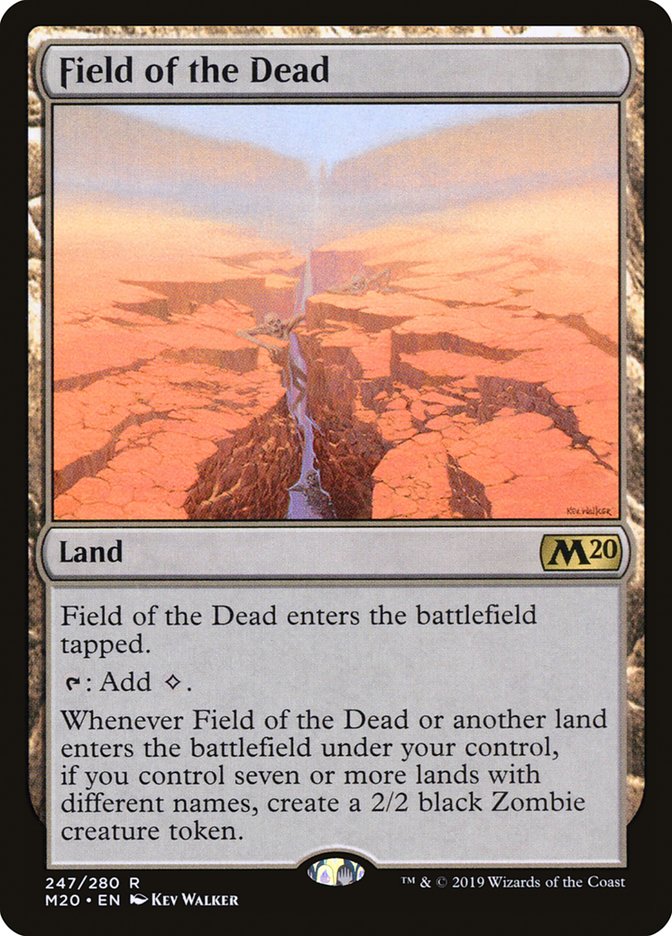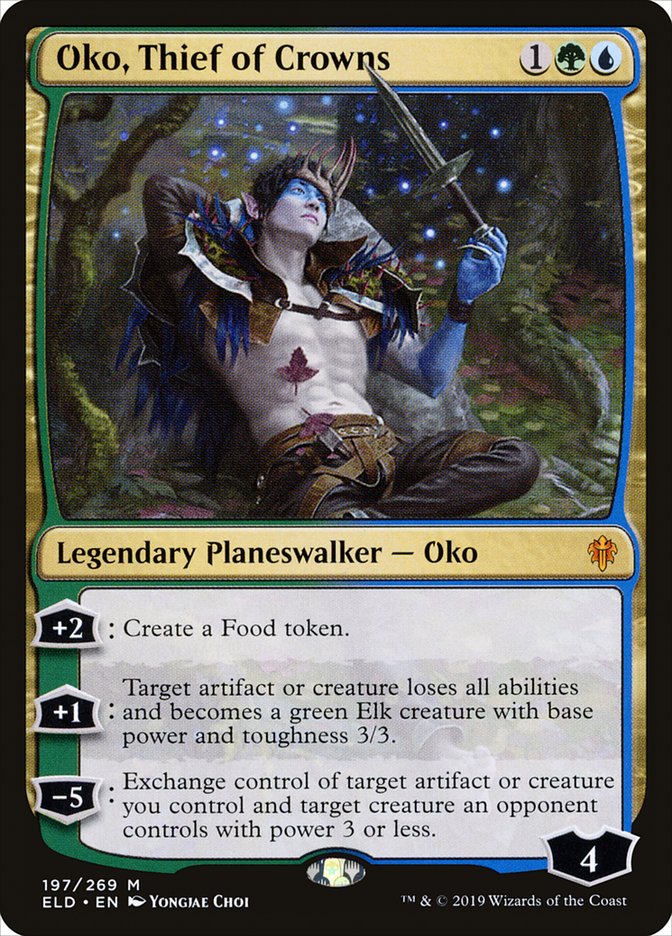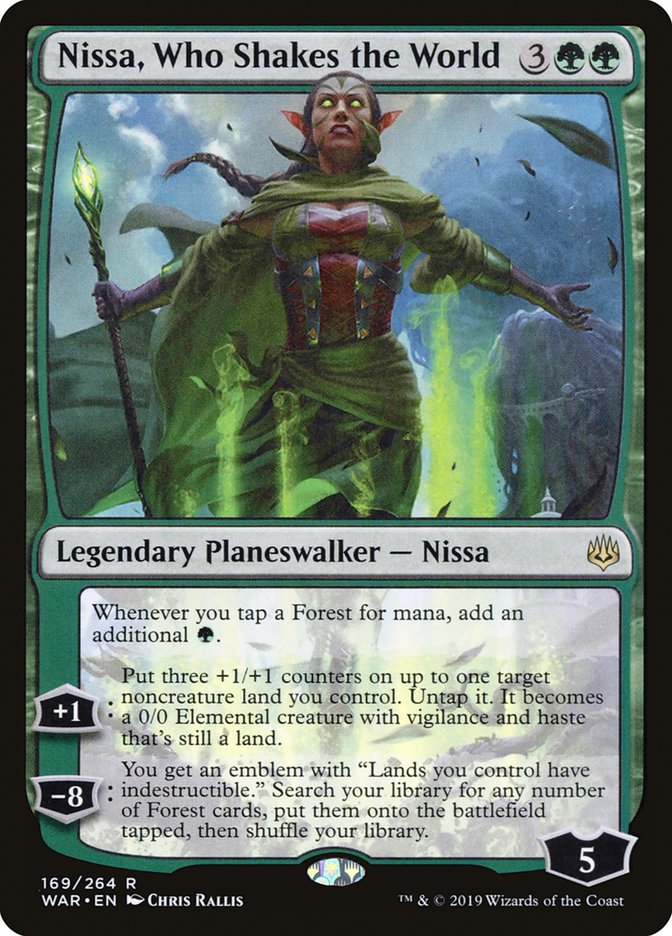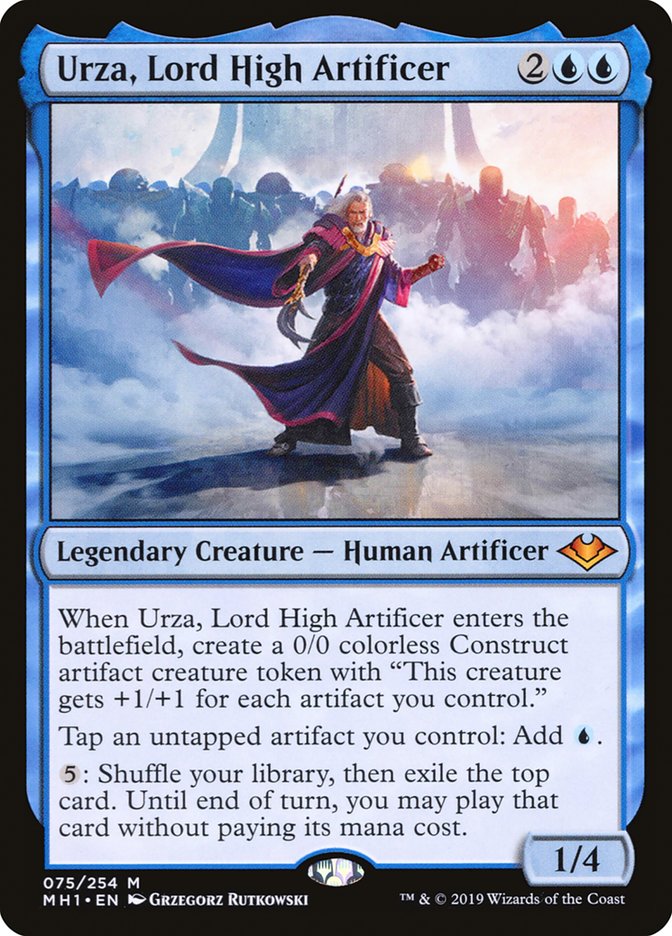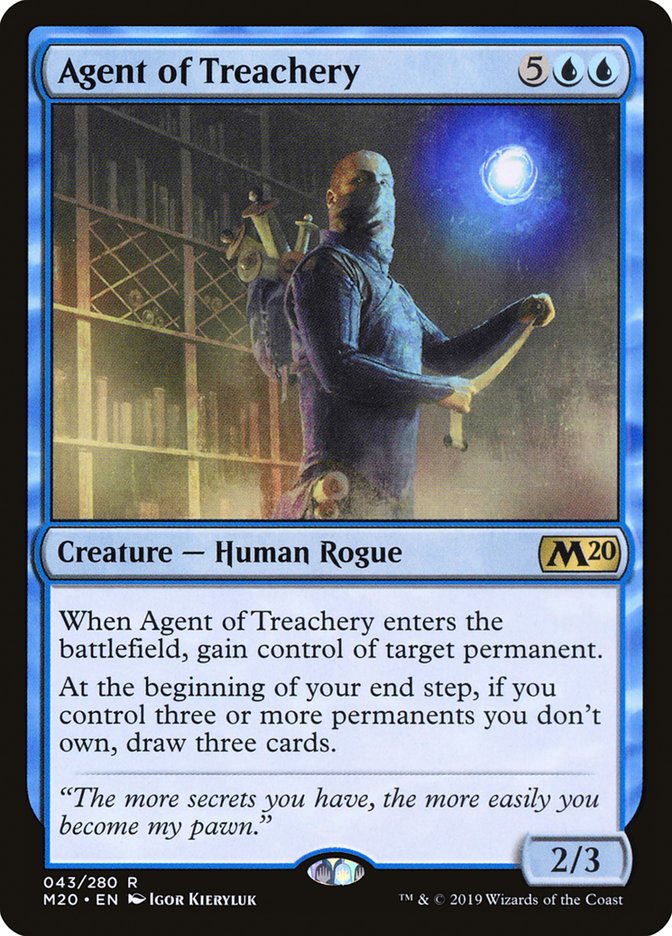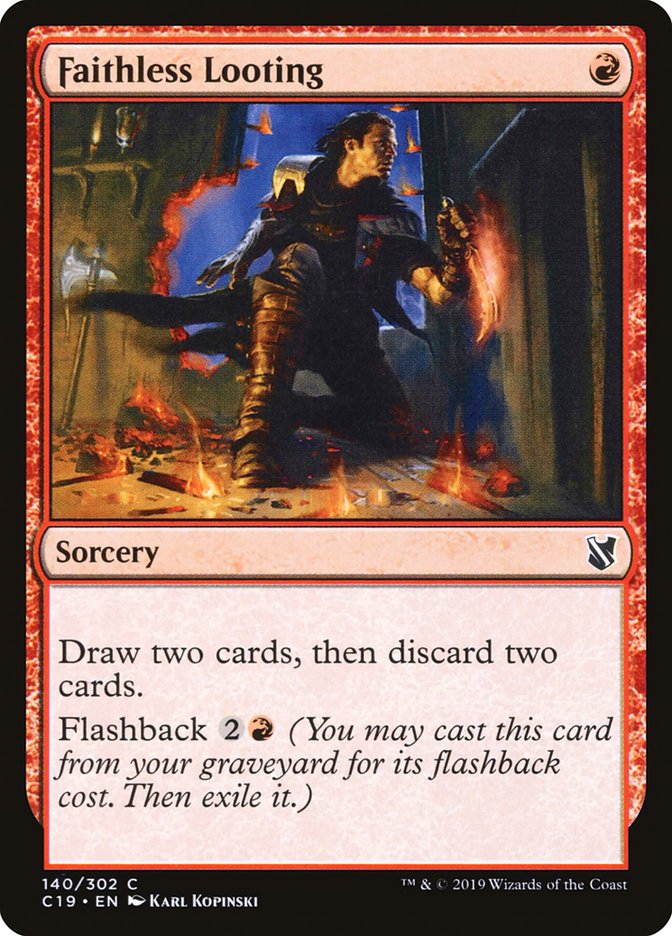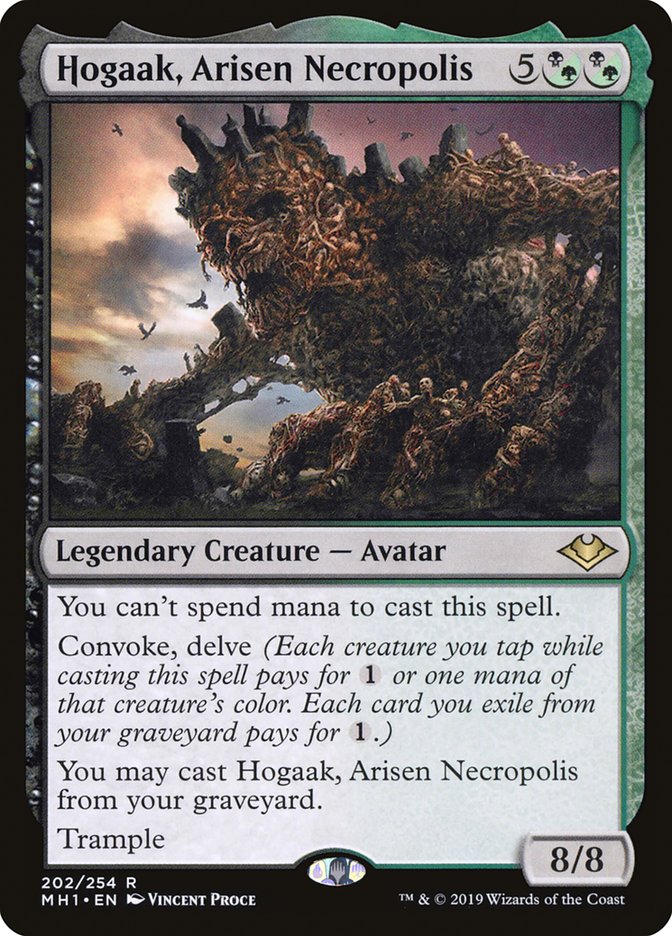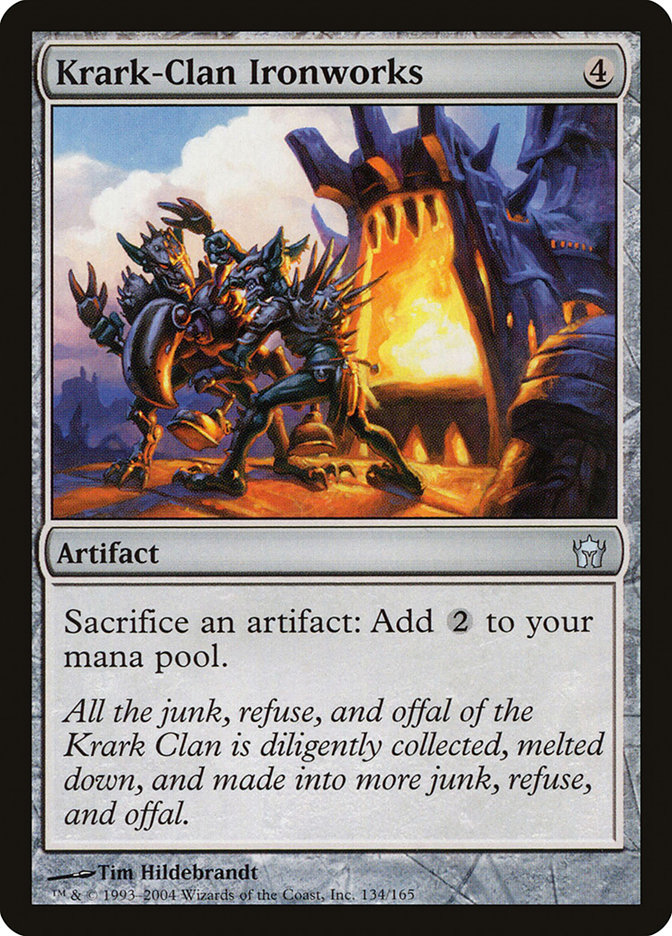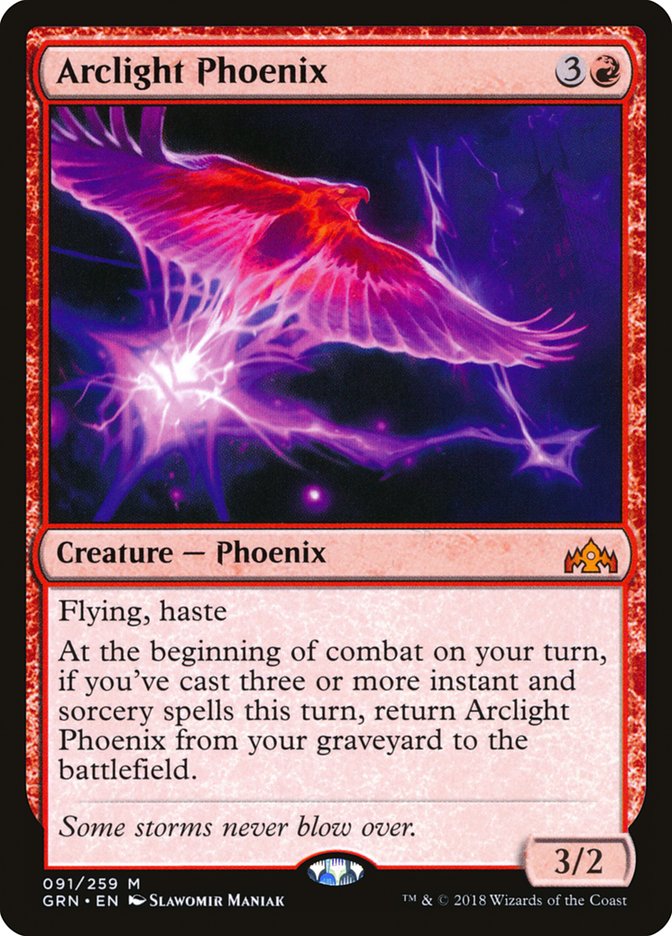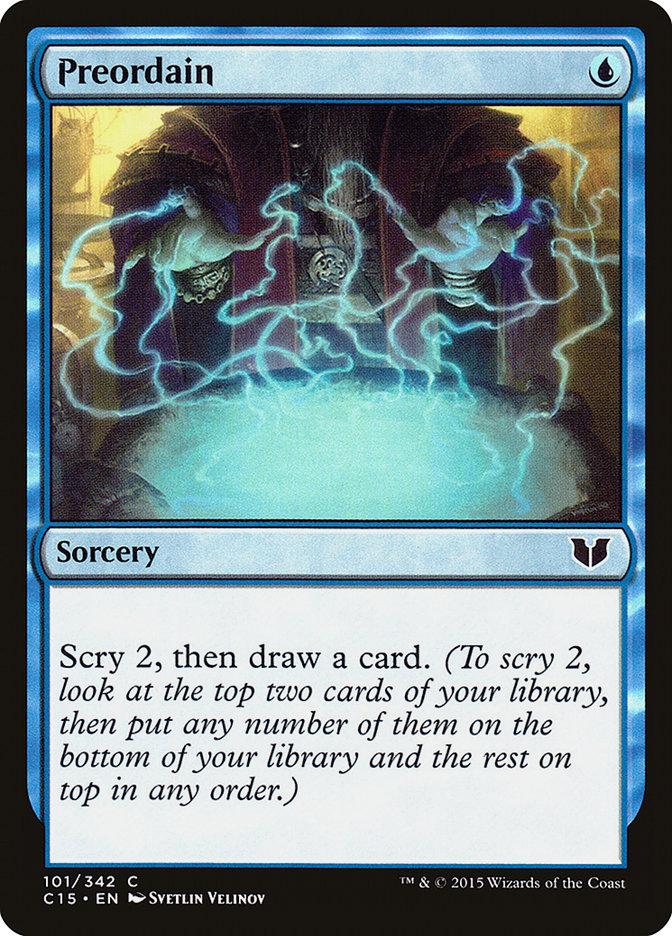Welcome to another edition of Fact or Fiction! Emma Handy, Todd Anderson, and Sam Black give their takes on five statements based on the October 21 Banned and Restricted announcement. Vote for your winner at the end!
1. Banning Field of the Dead was a good decision.
Emma Handy: Fact…ish. I think that banning exactly Field of the Dead and nothing else is going to end up being a mistake in the long run, one that will be corrected by banning something that should’ve gone with it today.
Endless hordes of Zombies tokens, backed up by sweepers and Hydroid Krasis, is incredibly repetitive, not to mention difficult to interact with. Doing something to stop this from being commonplace in Standard is a necessary step for the format’s health over the next couple of years.
The tradeoff is that the green decks don’t have anything that reliably goes over the top of them anymore, and the Field of the Dead decks were secretly keeping them in check. Without Field of the Dead, I expect the Gilded Goose-into-planeswalker decks to take root in the format and dominate.
Todd Anderson: Fact. Field of the Dead with Golos, Tireless Pilgrim was just too strong for Standard, ultimately stifling a lot of decks that could potentially exist. It felt a lot like playing against Primeval Titan and Valakut, the Molten Pinnacle when they were in Standard, and that duo still being powerful in Modern leads me to believe that we just couldn’t handle Field of the Dead in today’s world without Tectonic Edge.
Field of the Dead in particular made ramp strategies have too easy a payoff. It wasn’t legendary and just made an outrageous amount of Zombies if left unchecked. And it was almost always left unchecked, aside from really expensive spells that are kinda missing the point. I’m very happy that Field of the Dead is banned, but I definitely think more could have been done to stabilize Standard.
Sam Black: Fact. This was the ban everyone expected as soon as the date was changed, and there’s actually some value to being predictable. More to the point, this is the card that’s hardest to deal with.
The combination of Field of the Dead and Hydroid Krasis meant that it was effectively impossible to plan to play a long game without these cards. The combination of these cards with Teferi, Time Raveler effectively banned counterspells from the format. The effect was exactly the same as it’s been every time counterspells are unplayable going back to Onslaught Block Constructed—the format becomes ramp versus aggro where everyone has to either be the biggest or the fastest.
The card’s powerful, hard to interact with, and has a low opportunity cost, which might not have made it unbeatable, but meant that it placed too many restrictions on the format. Given that diversity is the top metric by which the quality of a format is measured, placing too many restrictions is the primary death sentence.
2. Oko, Thief of Crowns should have been banned in today’s B&R announcement.
Emma Handy: Fact, but it was never going to happen. It’s ugly, but I’m under the impression that Wizards of the Coast is ultimately a business, and banning one of the marquee cards from their newest set is out of the question. Having cards from a new Standard set dominate the Mythic Championship that immediately follows the set’s release is a win in Wizards of the Coast’s book, and with Mythic Championship VI Richmond coming up in a few weeks, not banning Oko puts Standard in a place where he’s primed to take over.
Give it time, and Oko is likely to find his way onto the Banned List. Every single creature and artifact in upcoming sets being EOA (Elk On Arrival) does a lot to dampen excitement, and I predict WotC to get tired of Oko taking the steam out of every creature they print for the next couple of years.
Todd Anderson: Fact. Just an absurd card that profoundly boggles the mind. How are both of these abilities a plus? Why is it so hard to kill with creatures? How can you possibly keep up if you’re on the draw in an Oko mirror? The answer to these questions and more at 11.
I don’t care what people say, there aren’t a “lot of cheap answers to this card.” Or rather, they’re all in black. It doesn’t die to Fry, which was an intentional design decision (and also ludicrous). It’s very hard to kill by attacking unless you have a one-two curve and something on top of it. And if they have Gilded Goose into Oko on the play, the game is almost always over.
I don’t care if it’s the poster child of your new set. I don’t care if you want people to like him and hope he’s a great part of a new story. I want you to maybe test the cards before they come out, because I knew Oko was busted the first time I played with it.
Sam Black: Fiction. I don’t think anyone’s been more vocal about the absurd power level than I have since it was first revealed. I think Oko ultimately might end up banned in both Standard and Modern, but we’re not there yet. The community likes to have a chance to explore cards. WotC hates to ban new cards and hates to ban valuable cards, and Oko is both.
Oko is going to be absolutely obnoxious and oppressive to play against, and there’s a very good chance everyone will think of this as exactly Bridge from Below into Hogaak, Arisen Necropolis all over again when they ban Oko at the next announcement, but there’s a chance it doesn’t play out that way, and players deserve a chance to try to solve the problem when Oko is the clear target and the restrictions placed by Field of the Dead have been lifted.
If they could only ban cards once and had to get it “right” now, sure, ban Oko, but I think making more small changes is the better approach, as it avoids the risk of banning something unnecessarily and gives them the ability to keep Standard fresh by “resetting” it more often.
3. Nissa, Who Shakes the World should have been banned in today’s B&R announcement.
Emma Handy: Fact. Nissa is at the happy middle ground of “would hurt the green decks” and “wasn’t printed in Throne of Eldraine.” Green having one of the strongest early-games in Goose/Oko, coupled with one of the best ways of going over the top in Nissa / Hydroid Krasis, is problematic in the context of what other colors have available to them in this Standard format.
The other thing that could’ve gone in Nissa’s place is Hydroid Krasis, but the point here is that having something from green get hit in addition to Field of the Dead would’ve been both unsurprising and a welcome addition to the Banned List.
Todd Anderson: Fact. The real story of Mythic Championship V was Nissa, Who Shakes the World, and how incredible it became the earlier you set it on the battlefield. It enabled some gigantic Hydroid Krasis on the fourth turn. It ran away with the game if you were on the play with a Gilded Goose and Paradise Druid. The games were not very interesting, lopsided, and usually took fifteen minutes to conclude even though both players knew that the game was already over.
Personally, I would have done a sweeping ban of many green cards, because the color is just too powerful. They pushed too much and went too far, and only banning Field of the Dead is going to have Standard feeling like Bant Company Standard all over again. I’m off it. I’ll focus on Pioneer and Modern for the near future. I just wish they’d give me a reason to play MTG Arena.
Sam Black: Fiction. The case for banning this card is very weak. It’s a powerful five-mana spell. I think the only reason it was discussed is that people thought banning Field of the Dead wouldn’t be enough and Oko had immunity. Banning the wrong card is worse than just banning cards twice.
4. Urza, Lord High Artificer should have been banned in today’s B&R announcement.
Emma Handy: Fiction. Urza is likely the strongest card in Modern at the moment, but it hasn’t reached the point of being problematic. In Standard, whenever something is clearly dominant, it’s a little more common for the B&R team to find itself involved, due to the fact that there aren’t as many tools available in Standard as there are in Modern.
In Standard, for example, people were using a seven-drop to try to answer a land because it was the most effective thing at doing it. Sure, some of the Fires of Invention decks had Demolish to grab with Fae of Wishes, but there just wasn’t anything that could reliably answer the full playset of Field of the Dead without dipping into something like Unmoored Ego.
Outside of Faithless Looting, Hogaak, and Ironworks Combo, most things in Modern have simply adjusted to whatever the most popular deck was.
Too much Phoenix? Play Tron and fast spell combo.
Too much Death’s Shadow? Play hyper-redundant proactive strategies.
The list goes on, but in the case of Urza, we’re still in the phase of figuring out if that card is too good, or simply something that needs to be adapted against.
Give it time.
Todd Anderson: Fiction. Urza, Lord High Artificer isn’t dominant; it’s just boring. The mana ability creates some very long turns, as you need to cast permanents that generate a lot of triggers so you can make a ton of mana to activate the ability or cast Paradoxical Outcome multiple times, doing it all again and hoping you actually kill instead of having a deterministic kill. Urza is very powerful, and certainly on my “close watch” list, but the Modern format has proven itself in checking it over the last few weeks.
Sam Black: Fiction. I’ve been playing a ton of Modern in the last month, and I’ve been loving it. I’ve played with Urza over half the time, but as an “Urza player” it’s not clear to me that it’s right to play Urza and extremely unclear what the right way to play Urza is.
The format seems healthy and evolving without a clear best deck, and for people who like Urza, it’s an extremely interesting puzzle to solve.
With no major Modern events (read: Players Tours) coming up and no prolonged history of oppressive dominance, it would have taken players by surprise in a way that would do far more to shake players’ confidence in their investments than any actual good in Modern.
5. Something should have been unbanned in Modern in today’s B&R announcement.
Emma Handy: Fact. Any time a combo deck ends up being good, the combo itself gets hurt anyway. Let’s stop pretending that Preordain is really that miserable a card, and let people play with it. Ancient Stirrings, and now Once Upon a Time, are both much stronger cards than Preordain during the first couple of turns.
The purpose of the Banned List is to keep the format balanced, and unbanning Preordain would hardly affect it.
Or are you trying to honestly tell me that Preordain is stronger and/or more problematic than the recently unbanned Stoneforge Mystic?
Todd Anderson: Fiction. While I’ll always argue that Ponder and Preordain should be unbanned, I’m fine with having no changes to Modern at the moment. The format is fine right now, and it seems like we’re having the widest range of 5-0 Modern League archetypes in the history of the format. I’ve certainly been able to make a boatload of content playing Modern in the last few months, and that’s largely due to the format being relatively healthy, fun, and interesting enough that your decisions matter.
This banning announcement wasn’t about Modern anyway. This was an emergency ban announcement so that two different Mythic Championships wouldn’t be swimming in Golos mirrors. Instead, we’re going to be forced to watch Oko and Nissa ruin another perfectly good tournament.
Great.
Sam Black: Fiction. Again, I might be biased because I play a lot of Modern, and I generally think that the more you play a format, the more fun it is, because you can see more and more of what’s going on, but I think Modern is in a good place right now and it’s healthy to leave it alone for a while.
There are a lot of cards that could come off the Banned List and probably wouldn’t ruin anything. We have so many tools in Modern now that we could probably address most things if we had to, but most cards that are banned are banned because there’s a lot of risk associated with them, so I like leaning toward only unbanning something when you’re looking to change the format, and right now I don’t feel a need for that.


